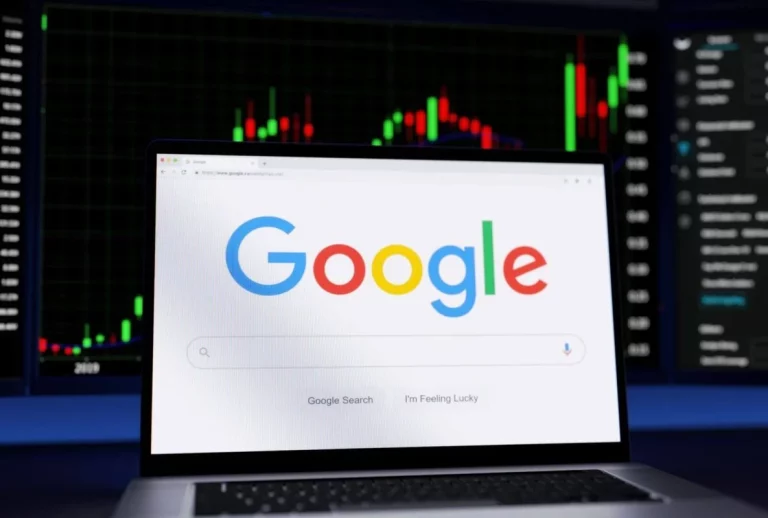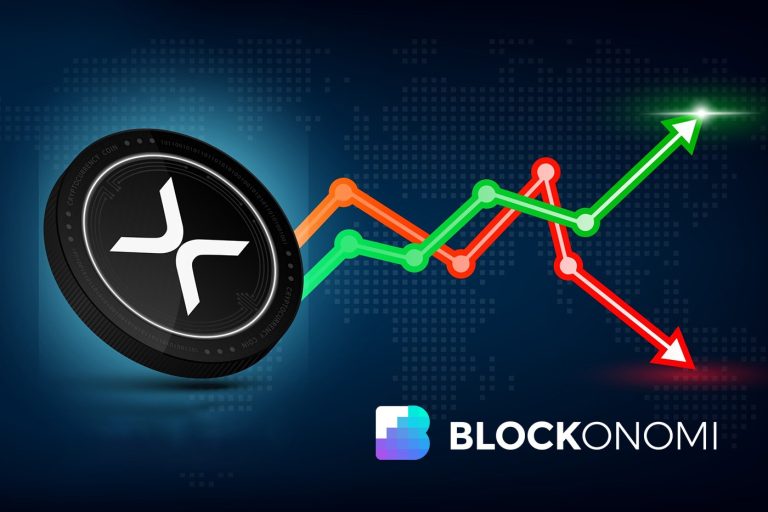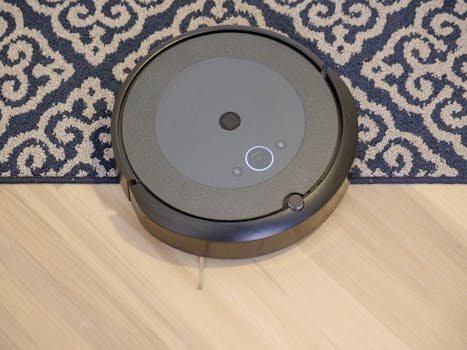
Smart Homes and Smart Living: The Technological Transformation of European Homes by 2025
Introduction to Smart Homes and Smart Living
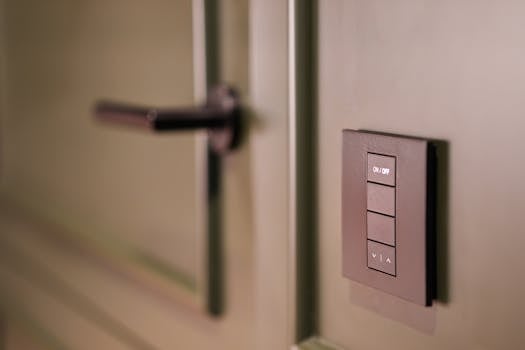
Smart Homes and Smart Living is the focus keyword for this article, as it represents the integration of technology and home living. The concept of smart homes and smart living has been gaining popularity in recent years, and it’s expected to revolutionize the way we live, work, and interact with our surroundings. With the increasing demand for smart technology, European homes are undergoing a significant transformation, and by 2025, they are expected to be fully integrated with smart technology.
The Current State of Smart Homes in Europe
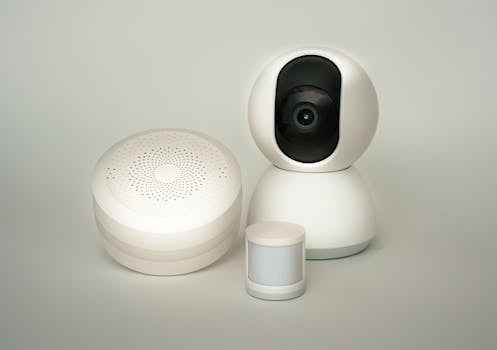
The current state of smart homes in Europe is characterized by a growing adoption of smart devices and systems. According to a recent survey, over 50% of European households own at least one smart device, such as a smart speaker or a smart thermostat. Additionally, the majority of new homes being built in Europe are incorporating smart technology, such as energy-efficient systems and home automation.
The Future of Smart Homes in Europe

By 2025, the future of smart homes in Europe is expected to be shaped by advancements in artificial intelligence, the Internet of Things (IoT), and 5G connectivity. Homes will be equipped with advanced sensors and automation systems, allowing for real-time monitoring and control of energy usage, water consumption, and waste management. Furthermore, the integration of smart technology will enable the creation of smart cities, where homes, transportation, and public services are interconnected and optimized for efficiency and sustainability.
Benefits of Smart Homes and Smart Living

The benefits of smart homes and smart living are numerous, ranging from increased energy efficiency and cost savings to improved health and well-being. With smart technology, homeowners can monitor and control their energy usage, reducing waste and minimizing their carbon footprint. Additionally, smart homes can be equipped with advanced air and water purification systems, creating a healthier living environment. Smart technology can also improve home security, with advanced surveillance systems and smart door locks.
Challenges and Limitations of Smart Homes and Smart Living

Despite the many benefits of smart homes and smart living, there are also challenges and limitations to be addressed. One of the main concerns is the issue of data privacy and security, as smart devices and systems can be vulnerable to hacking and data breaches. Additionally, the high cost of smart technology can be a barrier to adoption, particularly for low-income households. Furthermore, the complexity of smart systems can be overwhelming for some homeowners, requiring significant technical expertise and support.
Conclusion

In conclusion, the technological transformation of European homes by 2025 will be driven by the increasing demand for smart living and the integration of smart technology. While there are challenges and limitations to be addressed, the benefits of smart homes and smart living are numerous, ranging from increased energy efficiency and cost savings to improved health and well-being. As the smart home market continues to evolve, it’s essential to prioritize data privacy and security, affordability, and user-friendliness to ensure that the benefits of smart technology are accessible to all.


